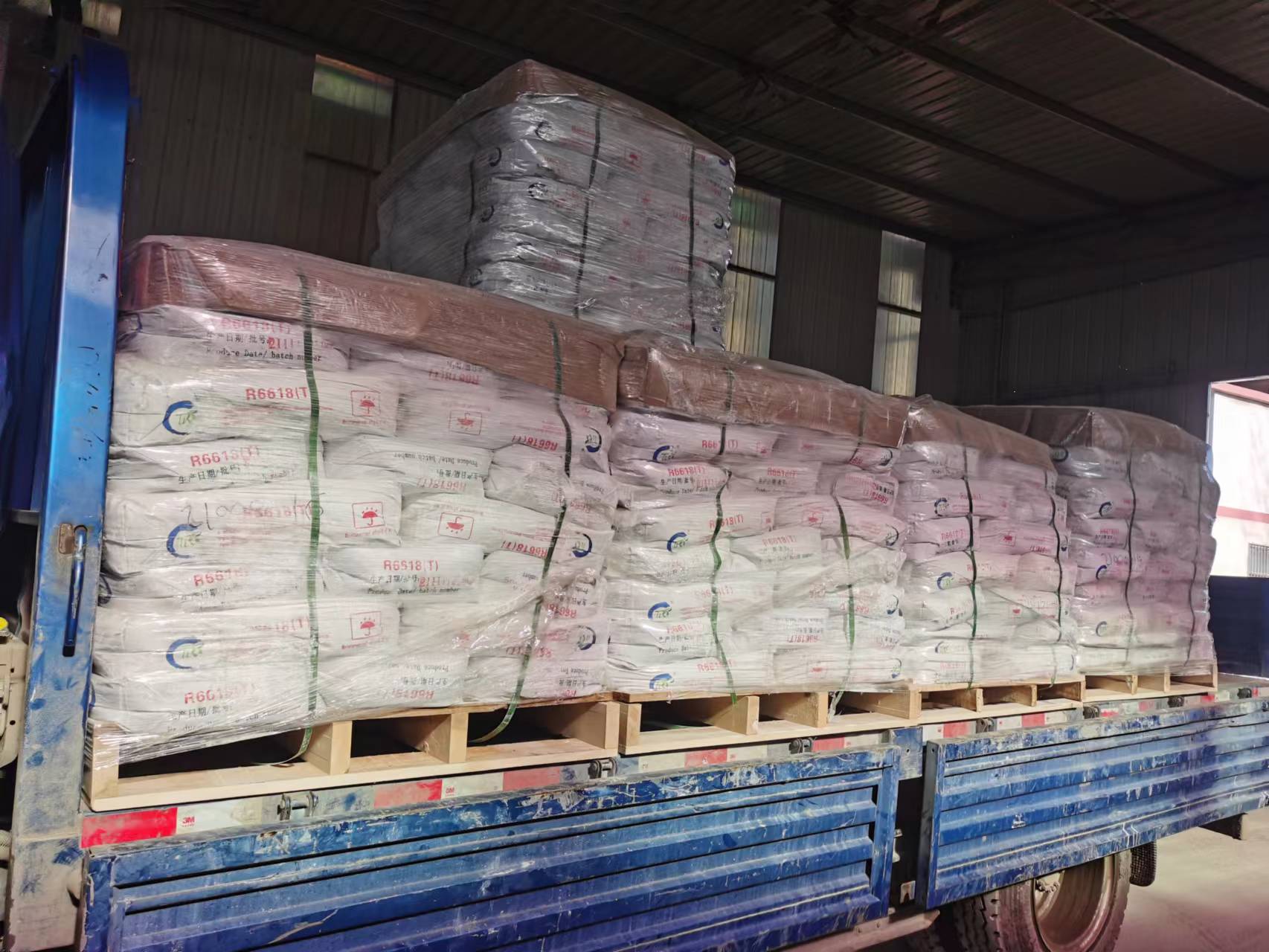
Oct . 12, 2024 19:43 Back to list
rutile anatase
Understanding the Relationship Between Rutile and Anatase Insights into Titanium Dioxide
Titanium dioxide (TiO2) is a widely studied mineral, primarily utilized for its outstanding properties in various applications ranging from pigments to photocatalysts. Among its three crystalline forms—rutile, anatase, and brookite—rutile and anatase are the most prevalent and have garnered significant attention in both academic research and industrial applications. This article aims to delve into the differences and interrelationships of rutile and anatase, emphasizing their unique properties, applications, and potential for future advancements.
Crystalline Structure and Properties
Rutile and anatase are polymorphs of titanium dioxide, meaning they share the same chemical formula but have different crystalline structures. Rutile has a tetragonal crystal system, characterized by its denser packing of TiO6 octahedra. This dense structure grants rutile robust thermal stability and superior mechanical properties. In contrast, anatase also possesses a tetragonal structure but features a more open framework, which results in a lower density and a distinct set of physical properties.
One notable difference between the two polymorphs is their band gap energies. Anatase has a wider band gap (approximately 3.2 eV) compared to rutile (about 3.0 eV). This slight variation impacts their electron transport properties, making anatase a more suitable candidate for photocatalytic applications, as it can more efficiently harness sunlight energy to drive chemical reactions.
Applications in Various Industries
The unique properties of rutile and anatase lead to their use in different industrial applications. Rutile is primarily used as a pigment in paints, coatings, and plastics. Its high refractive index and excellent UV resistance make it an ideal choice for producing white pigments that enhance brightness and opacity. Furthermore, rutile’s stability at high temperatures allows it to perform well in applications requiring thermal durability.
On the other hand, anatase's photocatalytic properties are harnessed in environmental applications, such as wastewater treatment and air purification. Its ability to activate under UV light enables it to break down organic pollutants and contribute to sterilization processes. Moreover, the combination of anatase TiO2 with other materials in composite forms is a burgeoning field, particularly in the development of advanced photocatalysts.
rutile anatase

Rutile-Anatase Transition
One intriguing aspect of titanium dioxide is the transition between its rutile and anatase forms. Under certain conditions, such as temperature and pressure variations, anatase can transform into rutile. This transition typically occurs at temperatures above 600°C. Understanding this transformation is crucial, especially in processes where thermal stability and structural integrity are paramount. Researchers are exploring ways to control this phase change to tailor the properties of TiO2 for specific applications.
Environmental Impact and Sustainability
Given the increasing focus on sustainability, the environmental implications of rutile and anatase are coming under scrutiny. While both forms are naturally occurring and do not pose significant environmental hazards, their extraction and processing can have ecological footprints. Sustainable mining practices and the development of synthetic methods that minimize waste and energy use are essential to ensure that TiO2 remains an environmentally friendly material.
Furthermore, the renewable energy sector is particularly interested in the potential of TiO2, especially anatase, as a component in solar cells. Research into enhancing the efficiency of TiO2-based heterojunctions is ongoing, paving the way for more sustainable energy solutions.
Conclusion
Rutile and anatase, as polymorphs of titanium dioxide, present a fascinating study in material science. Their distinct properties lead to diverse applications across various industries, from pigments to catalysis. Understanding the differences and relationships between these two forms is essential for maximizing their potential and addressing the need for environmentally conscious practices. As research advances, the future holds promise for innovative uses of TiO2, contributing to both technological progress and sustainable development. The exploration of rutile and anatase will continue to be a vibrant field, with implications for science and industry alike.
-
Premium 6618 Titanium Dioxide for GPT-4 Turbo Applications
NewsJul.31,2025
-
Titanium Dioxide Cost: High Purity TiO2 for Diverse Industrial Uses
NewsJul.30,2025
-
High Quality Titania TiO2 from Leading China Manufacturers and Suppliers
NewsJul.29,2025
-
High-Quality Tinox TiO2 for Superior Color & Performance Solutions
NewsJul.29,2025
-
High Quality Titania TiO2 from Leading China Supplier & Manufacturer
NewsJul.29,2025
-
High-Performance r6618 TiO2 for Superior Whitening and Versatility
NewsJul.28,2025
